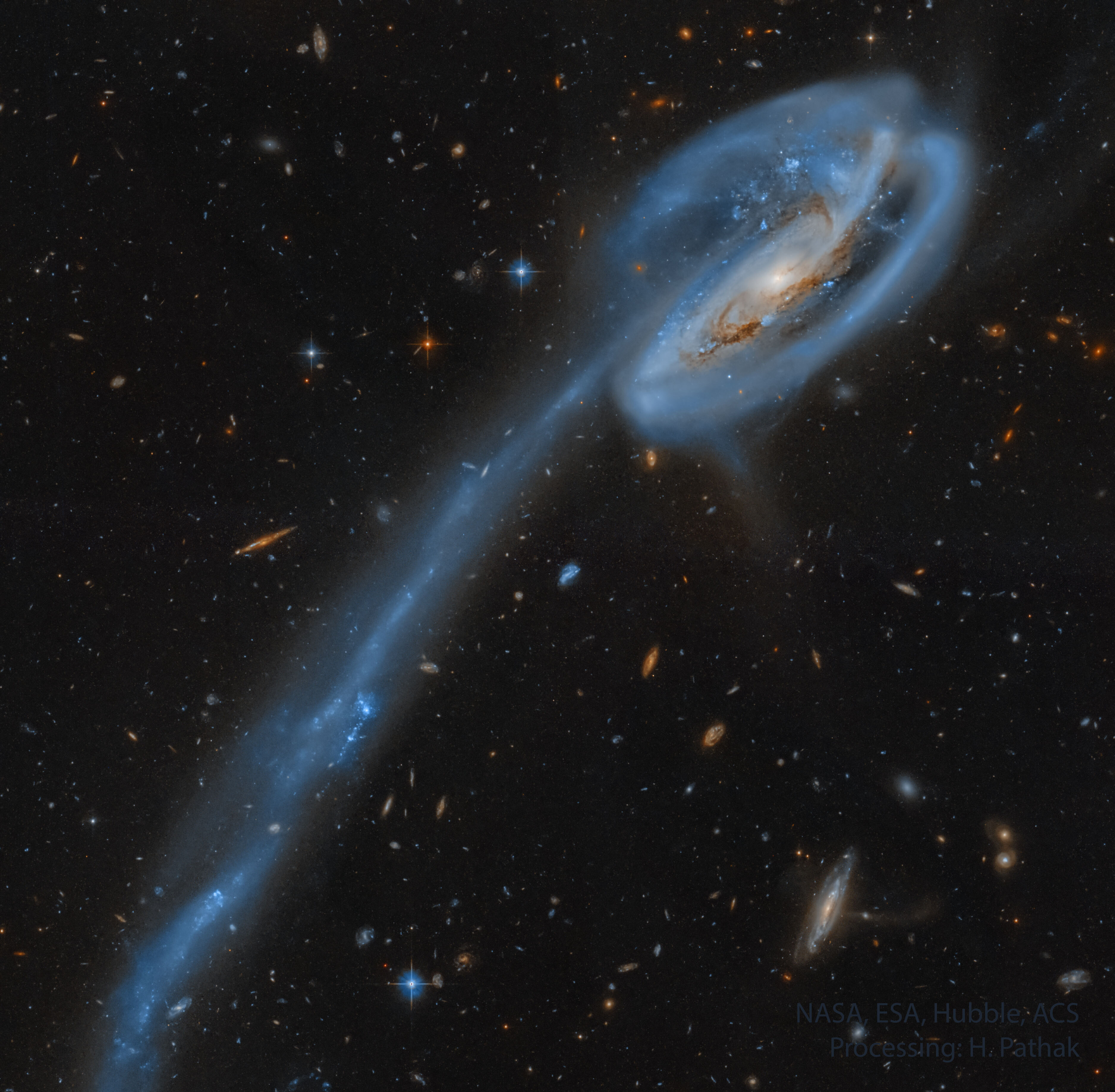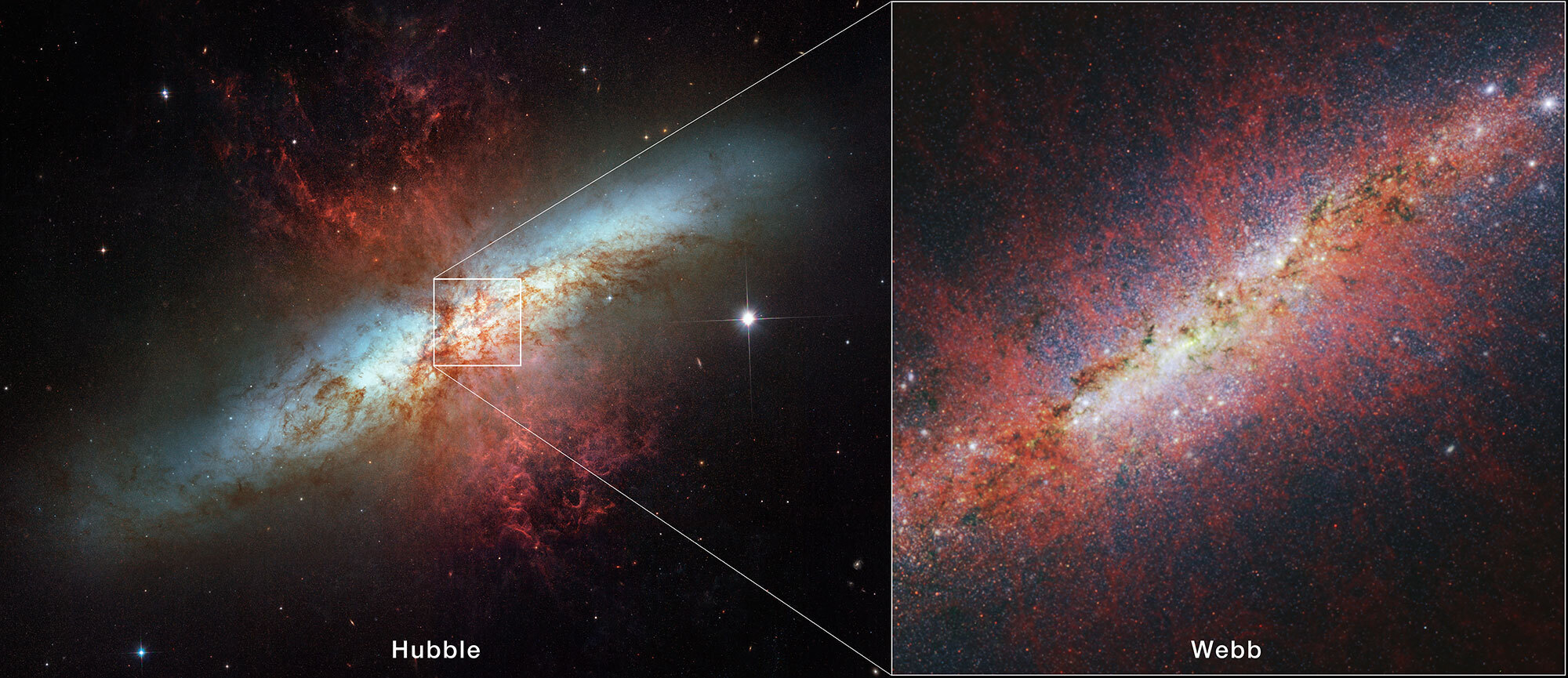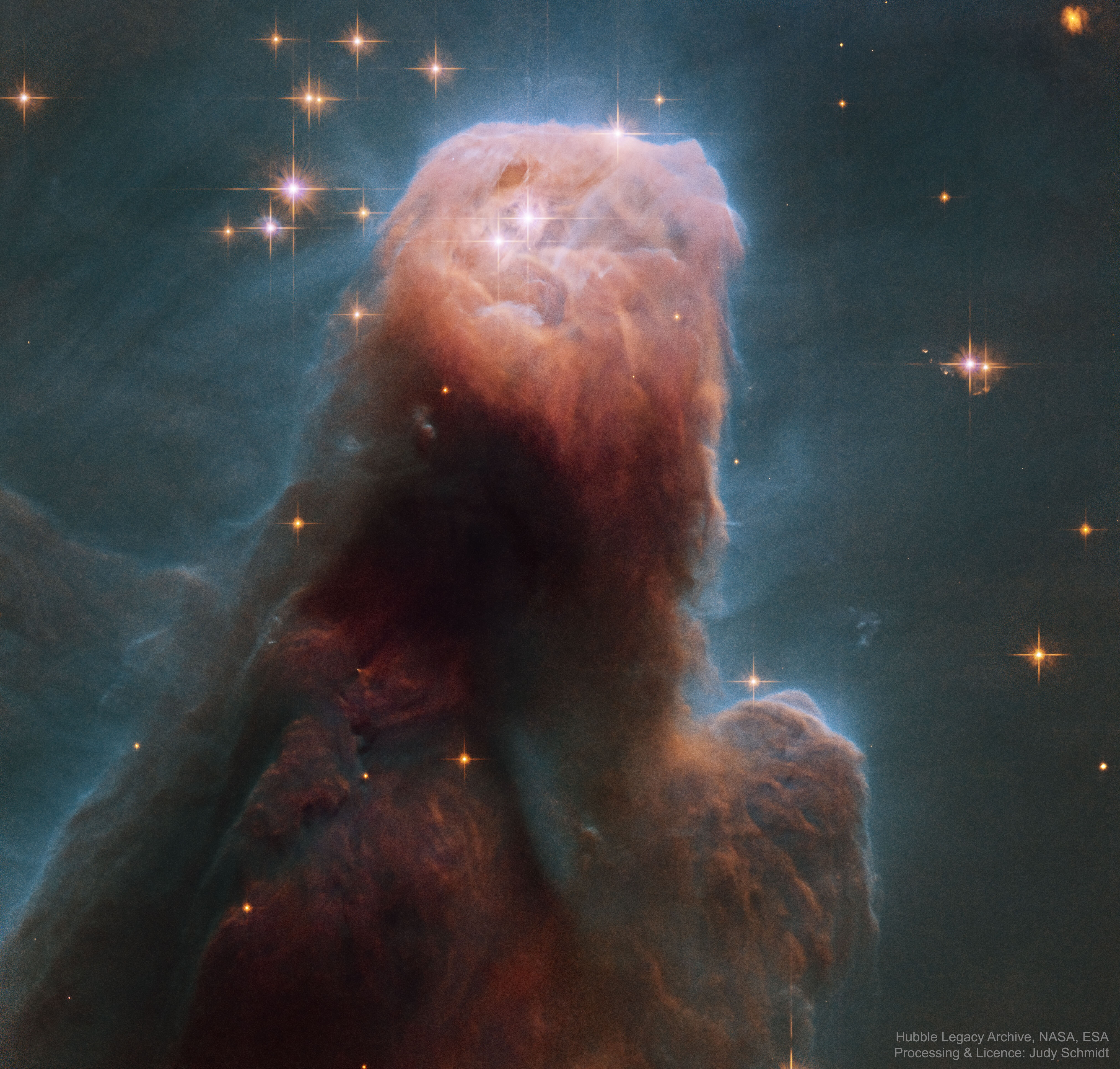#hubble

The #Sombrero #Galaxy from #Webb and #Hubble
#Astronomy #Picture of the Day
Телескоп Hubble обнаружил чёрную дыру промежуточной массы в шаровом звёздном скоплении
В шаровом звёздном скоплении Омега Центавра на расстоянии 17 тысяч световых лет среди нескольких миллионов его звёзд астрономы обнаружили несколько звёзд с аномально высокими скоростями. Их положения и траектории указывают на возможную массивную чёрную дыру в центре скопления. Масса такой дыры должна быть около 8200 масс Солнца, то есть чёрная дыра относится к классу «дыр промежуточной массы» -- пока малоизвестных объектов […]
#космос #hubble #астрометрия #астрономия #астрофизика #звёздныескопления #чёрныедыры #lang_ru #ru #22centuryru #22century #хх2век #xx2век #наукаитехника
Телескоп Hubble учится измерять расстояния до Сверхновых
Измерение космических расстояний на масштабах галактик и выше — ключевая задача астрофизики. Знание расстояний до удалённых галактик, квазаров и галактических скоплений критично для исследования ранних этапов существования Вселенной, но на «лестнице космических расстояний» это и самая сложная её ступень. Мы можем уверенно определять расстояния до ближних объектов в Солнечной системе, а также на следующем уровне — до окружающих звёзд, причём расстояния до пары сотен световых […]
#космос #hubble #астрономия #астрофизика #галактики #межпланетныеимежзвёздныепыльигаз #сверхновыезвёзды #lang_ru #ru #22centuryru #22century #хх2век #xx2век #наукаитехника

The #TadpoleGalaxy from #Hubble
#Astronomy #Picture of the Day
https://astrodon.social/@kellylepo/112644913649648670 kellylepo@astrodon.social - Hubble is back doing science!
Here is one of the first new images #Hubble has taken since transitioning to one-gyro mode and restarting science operations June 14.
It features the lenticular galaxy NGC 1546, a member of the Dorado group of galaxies, about 58 million light years away.
https://hubblesite.org/contents/news-releases/2024/news-2024-026
Nach #Voyager das nächste Jahrzehnte-Projekt der #NASA, wo man immer wieder respektvoll den Hut ziehen muss: #Hubble
#Forschung #Weltraum #Astronomie #Teleskop #PoweredByRSS
Hubble-Teleskop läuft wieder - Umstellung des Weltraumteleskops auf Betrieb mit nur einem Gyroskop war erfolgreich - scinexx.de
https://fosstodon.org/@AkaSci/112560579951900916 AkaSci@fosstodon.org - As we suspected, the NASA Hubble team has decided to operate Hubble henceforth in single gyro mode.
There will some limitations in this mode - Hubble will need more time to slew and lock onto a science target and won't have as much flexibility as to where it can observe at any given time.
The other healthy gyro will be kept as a spare.
The team expects to resume science operations again by mid-June.
https://science.nasa.gov/missions/hubble/nasa-to-change-how-it-points-hubble-space-telescope/
https://science.nasa.gov/mission/hubble/observatory/design/hubble-one-gyro-mode/
#Hubble
8/n
Der Kleine Hantelnebel ist wohlbekannt, da er auch Hobbyastronomen oft als Motiv dient. Zum 34. Jahrestag des Starts des Hubble-Teleskops wurde er besonders zauberhaft abgelichtet.#KleinerHatelnebel #PlanetarischerNebel #Hubble #HubbleTeleskop #All #Raumfahrt #WeißerZwerg #RoterRiese #Stern #Astronomie
Hubble-Teleskop: Der Kleine Hantelnebel in neuem Licht
Seit ihrer Entdeckung vor einem Vierteljahrhundert ist die Dunkle Energie rätselhaft. Neue Teleskope und Theorien sollen klären, warum sich der Kosmos unaufhaltsam ausdehnt.#DunkleEnergie #Astronomie #Kosmologie #Hubble #Rotverschiebung #DESI #Mikrowellenhintergrund #Standardkerzen
Was das Weltall auseinandertreibt

The #CigarGalaxy from #Hubble and #Webb
#Astronomy #Picture of the Day
Unterhaltsam erläutert das Autorenteam um Harald Lesch die Entdeckungsgeschichte unserer Galaxie. Lediglich im hinteren Teil fehlt es dem Buch ein wenig an Struktur. Eine Rezension
Das Autorenteam um Harald Lesch ermöglicht mit diesem Buch eine spannende Reise durch die Entdeckungsgeschichte unserer Galaxie. Eine Rezension (Rezension zu Die Entdeckung der Milchstraße von Harald Lesch, Cecilia Scorza-Lesch, Arndt Latußeck)#Milchstraße #All #Universum #Astronomie #Kosmologie #Sternsysteme #Sterne #Galaxis #Andromeda #Herschel #Leavitt #Hubble #Lesch #Spiralgalaxie #Physik
»Die Entdeckung der Milchstraße«: Die Entschlüsselung unserer kosmischen Heimat

Necklace Nebula
The interaction of two doomed stars has created this spectacular ring adorned with bright clumps of gas – a diamond necklace of cosmic proportions. Fittingly known as the “Necklace Nebula,” this planetary nebula is located 15,000 light-years away from Earth in the small, dim constellation of Sagitta (the Arrow).
A pair of tightly orbiting Sun-like stars produced the Necklace Nebula, which also goes by the less glamorous name of PN G054.203.4. Roughly 10,000 years ago, one of the aging stars expanded and engulfed its smaller companion, creating something astronomers call a “common envelope.” The smaller star continued to orbit inside its larger companion, increasing the bloated giant’s rotation rate until large parts of it spun outwards into space. This escaping ring of debris formed the Necklace Nebula, with particularly dense clumps of gas forming the bright “diamonds” around the ring.
The pair of stars which created the Necklace Nebula remain so close together – separated by only several million miles – that they appear as a single bright dot in the center of this image. Despite their close encounter, the stars are still furiously whirling around each other, completing an orbit in just over a day.
Hubble previously released an image of the Necklace Nebula, but this new image uses advanced processing techniques to create an improved and fresh view of this intriguing object. The composite image includes several exposures from Hubble’s Wide Field Camera 3.
https://astrodon.social/@spacetelescope/111896468544165647 spacetelescope@astrodon.social - A new #Hubble photo reveals bright clusters of newborn stars strung along tidal tails that result from galaxy near-collisions. They form when knots of gas gravitationally collapse to create about 1 million new stars per cluster: https://bit.ly/3Snwjco

#NGC1566: A #Spiral #Galaxy from #Webb and #Hubble
#Astronomy #Picture of the Day














